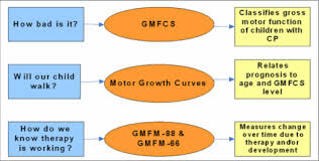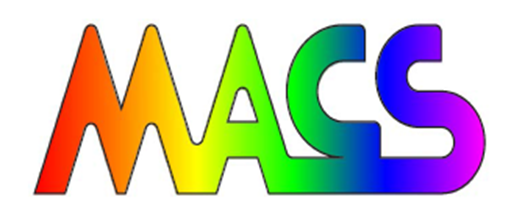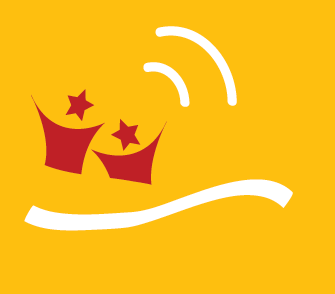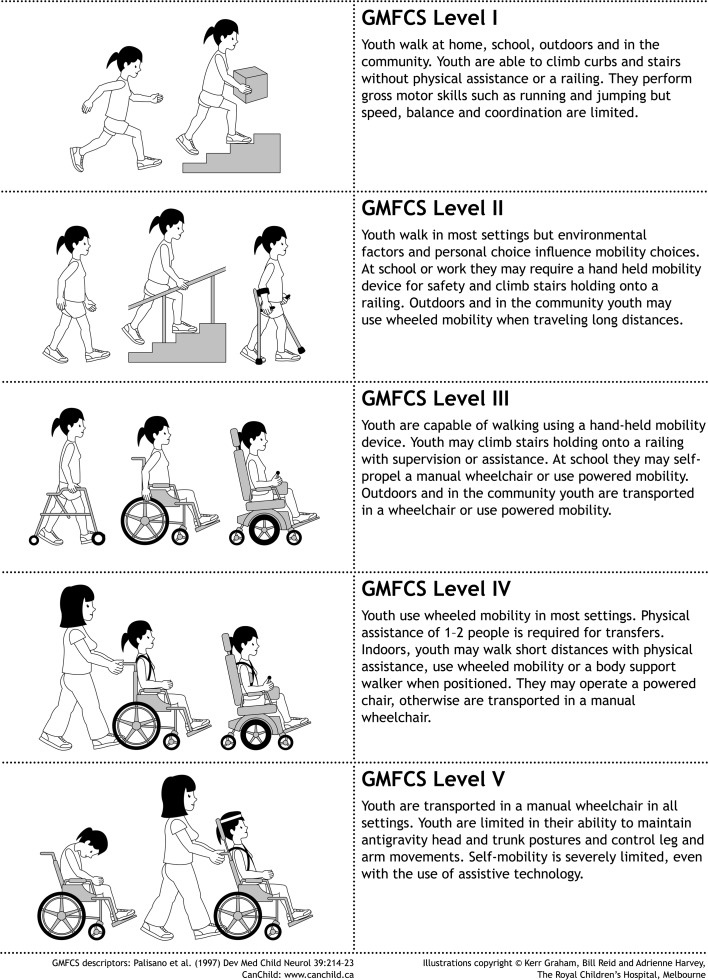Classification of Cerebral Palsy
Introduction[edit | edit source]
The information on this page has developed for you from the expert work of Roelie Wolting alongside the Enablement Cerebral Palsy Project and Handicap International Group.
Classification of Cerebral Palsy is important, as this enables realistic expectations and can play an important role in influencing treatment. There are many tools available to be able to do this. Some of the most poular ones are explained below:
- The Gross Motor Function Classification System
- Communication Function Classification System
- Manual Ability Classification System
The Gross Motor Function Classification System (GMFCS) was the first Classification system developed for children with cerebral palsy, first published in 1997 and revised and expanded in 2007. The GMFCS was developed by CanChild Centre for Childhood Disability Research (Canada). After the GMFCS the Manual Ability Classification System (MAC) was developed and published in 2010. The members of this group have different competencies and professions, they are located in different universities in Sweden. The team collaborates with CanChild, Centre for Childhood Disability Research. In 2011 the Communication Function Classification System (CFCS) was published, also developed by a team of professionals at University of Central Arkansas (US). They all have 5 levels in functioning. Only the GMFCS has different descriptions for 5 different ages: the first before the age of 2 and the last one for age 12-18. During their life it is expected that children will stay at the same level, and the GMFCS describes what gross motor functions the child will be able to learn during life at different ages.
MACS can be used for children of different ages (4-18 years), but the interpretation of the levels needs to be related to the age of the child. Obviously, children handle different objects at age four years, compared to adolescent age. The same point concerns independence, as a young child needs more help and supervision than an older child but their handling of objects is the primary focus of MACS. To date the stability of the classification over time has not been investigated , but our belief is that most children will stay at the same level.
The Communication Function Classification System (CFCS) provides a valid and reliable classification of communication performance and activity limitations that can be used for research and clinical purposes. The CFCS does not rate the person’s potential for improvement
The classifications can be done together with parents or by parents. So, it is not a classification system to be used only be professionals. Using the three different classification systems will help you and the parents to look at different developmental areas of the child and to develop goals and interventions (and when these are needed) for three different areas. It will provide a basis for discussion what the child can do and where to work on. Below each classification system is explained in a little more detailed.
GMFCS[edit | edit source]
The original version, the GMFCS, The Gross Motor Function Classification System, was developed in 1997; as of 2007, the expanded and revised version (GMFCS – E&R) further includes an age band for youth 12 to 18 years. The 2007 version will be used in this module.
The GMFCS has 5 classification levels for 5 different age groups:
- Before 2 years
- Between 2 and 4 years
- Between 4 and 6 years
- Between 6 and 12 years
- Between 12 and 18 years
The Gross Motor Function Classification System is a 5 level classification system that describes the gross motor function of children and youth with cerebral palsy on the basis of their self-initiated movement with particular emphasis on sitting, walking, and wheeled mobility. The primary criterion has been that the distinctions between levels must be meaningful in daily life. Distinctions between levels are based on functional abilities, the need for assistive technology, including hand-held mobility devices (walkers, crutches, or canes) or wheeled mobility, and to a much lesser extent, quality of movement. The GMFCS emphasises the concepts inherent in the World Health Organisation's International Classification of Functioning, Disability and Health (ICF). We encourage users to be aware of the impact that environmental and personal factors may have on what children and youth are observed or reported to do. The descriptions for the 6 to 12 year and 12 to18 year age bands reflect the potential impact of environment factors (e.g., distances in school and community) and personal factors (e.g., energy demands and social preferences) on methods of mobility.
Here is a video with some examples of the different levels of the GMFCS
Use of the GMFCS[edit | edit source]
Therapists and physicians can reliably use the GMFCS with no training , simply by reading the criteria. When you are familiar with the GMFCS you can classify a child you know quite well in less than 5 minutes. If you are unfamiliar with a child (and therefore require an observation session) you may need 15-20 minutes. Most distinctions are fairly clear and decisions about which level most closely resembles the child’s current gross motor function can be made quite quickly. Sometimes (i.e., at certain ages), the distinctions between two adjacent levels are more subtle and require more careful deliberation. A classification can be made based on general familiarity with a child’s current gross motor abilities without necessitating an observation. Information about the child’s usual performance and limitations in gross motor function in home, school and community settings can be obtained by parent/caregiver interview or by review of recent (clinic) notes that describe gross motor function.
Here are some of the age specific assessment sheets that can be used by the family and the child to help assessment:
- Written instruction on use of GMFCS
- Ages 2-4 years
- Ages 4-6 years
- Ages 6-12 years
- Ages 12-18 parents' assessment
- Ages 12-18 self assessment
The GMFCS has application for clinical practice, research, teaching, and administration.
For your work, knowledge of a child’s GMFCS level is very useful for communicating with parents and setting the stage for collaborative goal setting. For example, the probability of ambulation for a child classified at level V is extremely low and very different from children in levels I, II, or III. As a result, the system is extremely useful in terms of intervention planning at the levels of impairment and activity. An emphasis in intervention for children in levels IV and V might be health promotion, prevention of secondary impairments, and use of technology and adapted equipment, whereas intervention for children in levels I, II, and III might be focused more on achievement of gross motor abilities. A child should first be classified when referred for rehabilitation services to assist with realistic goal setting and appropriate intervention planning. The most recent information indicates that GMFCS levels are quite stable after 2 years of age and children are not likely to change levels even following intervention. This is currently being studied in more depth.
So, once classified in level 2: the child probably will stay his/her life in level 2. So, the GMFCS can be used to give a prognosis of the gross motor function later in life.
Manual Ability Classification System (MACS)[edit | edit source]
The MACS tool has been designed to evaluate the child's typical performance when using their handsThis document gives an overview of MACS. MACS has 5 levels. Read about how to recognize the different levels by reading the whole brochure The MACS level identification chart will help guide you as well in deciding on classification.
Communication Function and Classification System (CFCS)[edit | edit source]
The Communication Function Classification System (CFCS) provides a valid and reliable classification of communication performance and activity limitations that can be used for research and clinical purposes. It is analogous, and complementary to the Gross Motor Function Classification System (GMFCS-ER) and the Manual Ability Classification System (MACS).
The CFCS consists of 5 descriptive levels for everyday communication performance and gives a uniform way to describe functional communication. It helps to understand the possible communicationforms and assistive devices. It recognizes the influence of different components which are related to communication and It is the starting point for making intervention goals to improve effective communication. The number of speech therapists are limited in many countries and as the CFCS, like the GMFCS and the MACS does not require a specialists to decide on the level of classification, makes these tools very attractive to health care professionals. Parents can also use these tools.
Classifying the communication of a child with CP will help, even is you are not a speech therapist to:
- Adapt your own way of communication to the child
- Make intervention goals to improve effective communication with the child.













